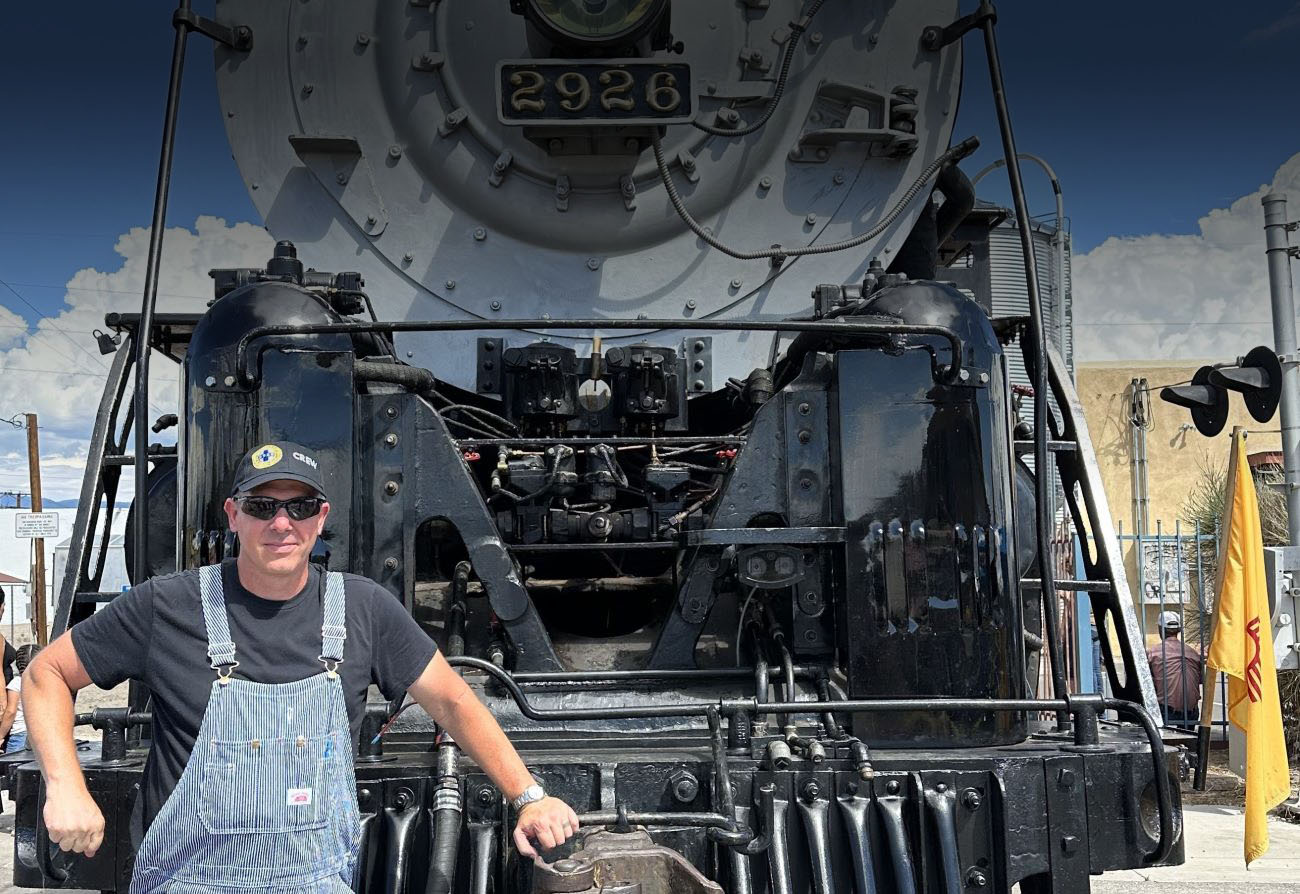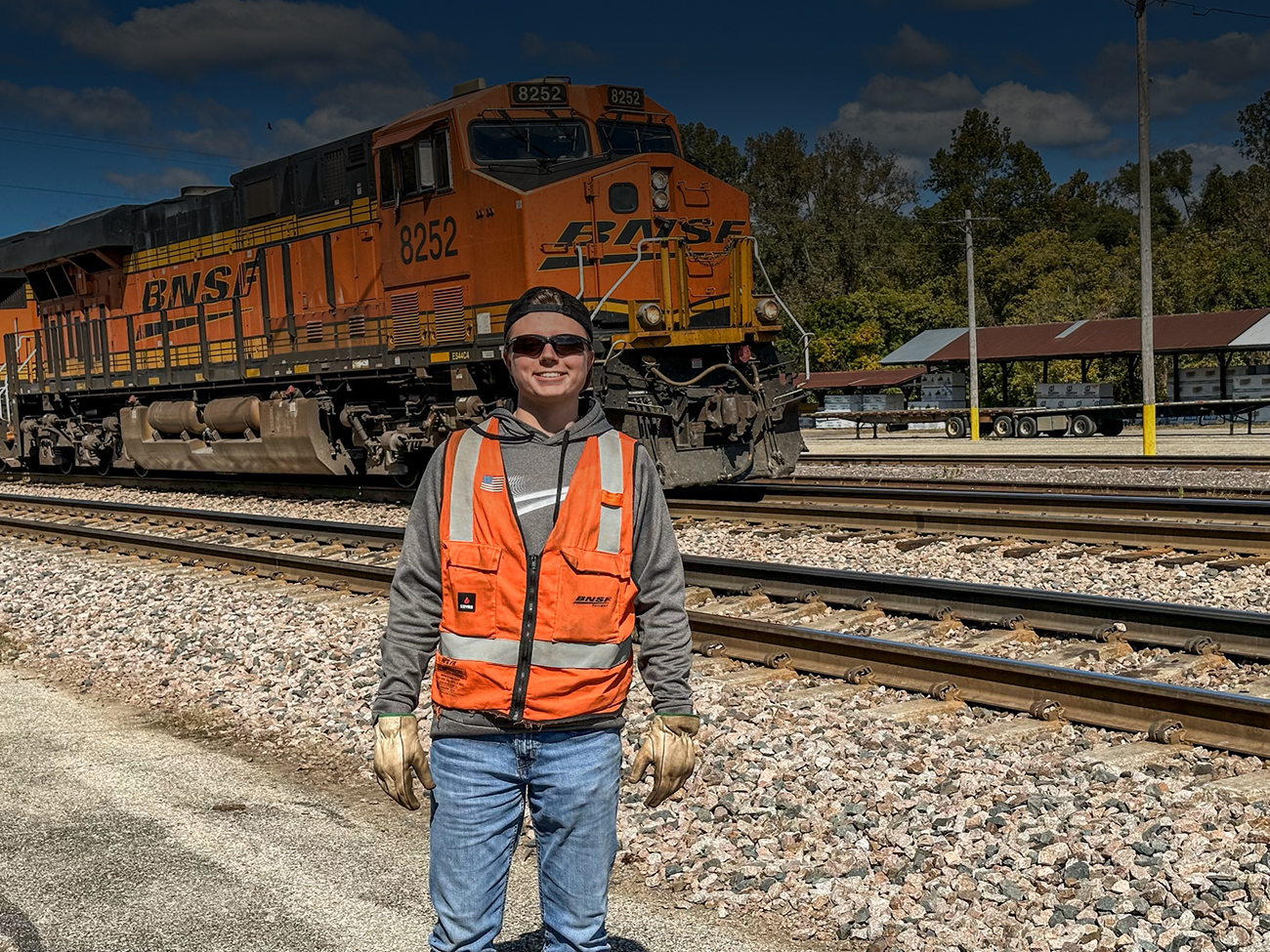
Planning for success: How a BNSF employee supports Positive Train Control
Known for his stylish ivy hats, Edvard Tumbas is one of the BNSF experts working on our Positive Train Control (PTC) system. Tumbas has been with BNSF for 25 years, 20 as a locomotive engineer and conductor and five in his current position as senior PTC manager, Field Operations – Network Control Systems based in Southern California.
Tumbas’ work helps ensure the reliability of the PTC system to keep the BNSF network safe and fluid.
“It requires continuous alignment and communication with other departments,” he said.
Tumbas’ efforts are part of BNSF’s drive for innovation and improvement of safety and efficiency. His involvement with PTC began in 2012 when it was still a concept sketch. It has now developed to be one of the most advanced train control systems in the world.
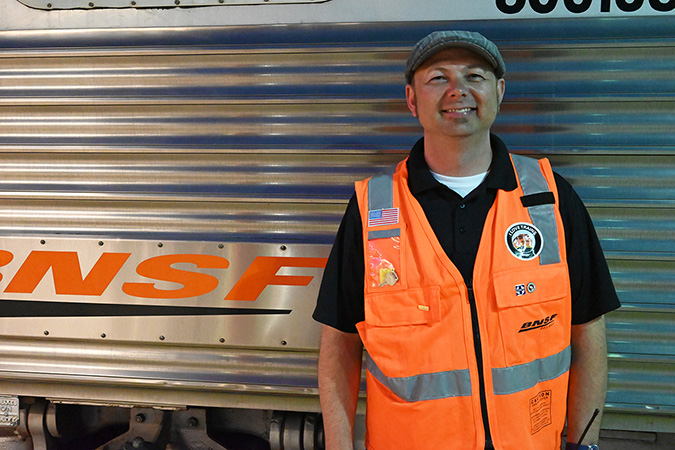
PTC works in tandem with our other safety measures to prevent train-to-train collisions and derailments caused by track authority violations or excessive speed. The system also prevents unauthorized train movement on sections of track where employees are performing maintenance activities and protects against movement of a train through a track switch in the wrong position.
PTC is a complex system of systems that reaches all of our digital network, so Tumbas spends a substantial amount of time with train crews troubleshooting, testing and refining it.
“We continue to evolve through integration of other systems with PTC technology, making our digital network safer and more efficient,” he said. “As a result, our PTC footprint continues to expand each year. Our team works closely with other railroads and tenants that operate on our network, ensuring seamless interoperable transitions from one railroad to another.”
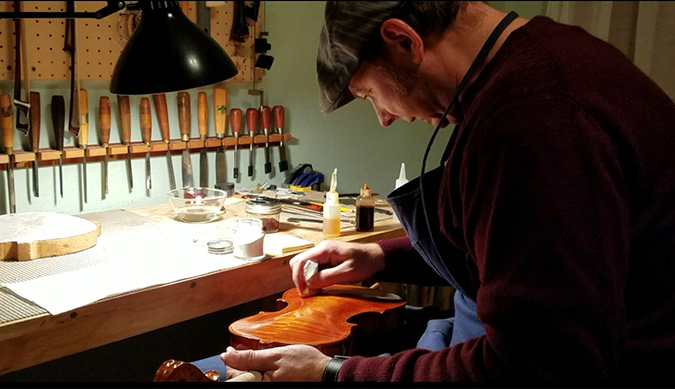
Tumbas enjoys working with team members from different departments and learning new things. And one new thing we learned from Tumbas is that his iconic ivy hats were just as common as baseball hats in former Yugoslavia, where he spent his childhood.
“Every successfully completed project is rewarding to me, but none of that happens without people, good communication and planned execution,” he said. “Perhaps the most rewarding aspect of my job is knowing that our people and network are safer than ever.”
Outside of work, Tumbas also enjoys successfully completing projects that also require planning. Two of his pastimes are restoring violins and fly-fishing. He spends a lot of time preparing to successfully complete a violin project or to plan the perfect fishing trip. His hobbies require the same ability to troubleshoot and solve problems that his job does.

“I find violin making and restoration very relaxing and satisfying,” he said. “Some folks spend their off time to work on old cars or dirt bikes to relax, and I work on the instruments.”
Tumbas also fly-fishes in his time off and thinks about what he’s going to do before actually casting.
“One must take into consideration the wind, obstructions (trees), water current and what type of insects are in the area,” he said. “The technique takes a lot of patience and practice to learn, but once mastered, it's a very effective way to catch a lot of fish.”
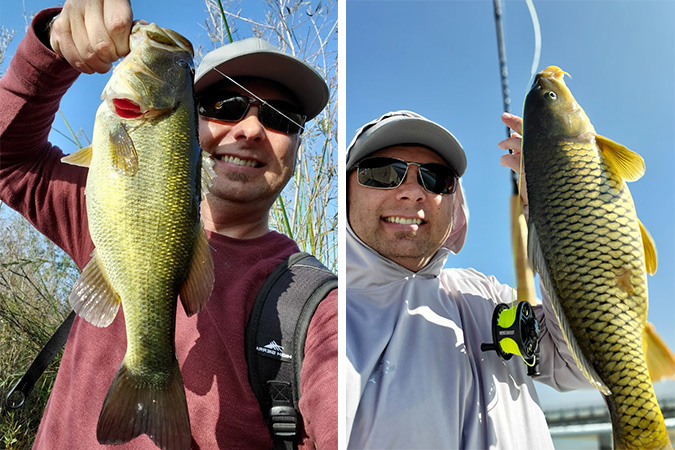
In his off time, Tumbas finds the steps he takes to prepare for building violins and fishing contribute to the patience and resilience he has on the job. While his hobbies are often done in solitude, he spends his workdays working side by side with others using similar skills. Either way, Tumbas is contributing to the world one violin and safe workday at a time.

